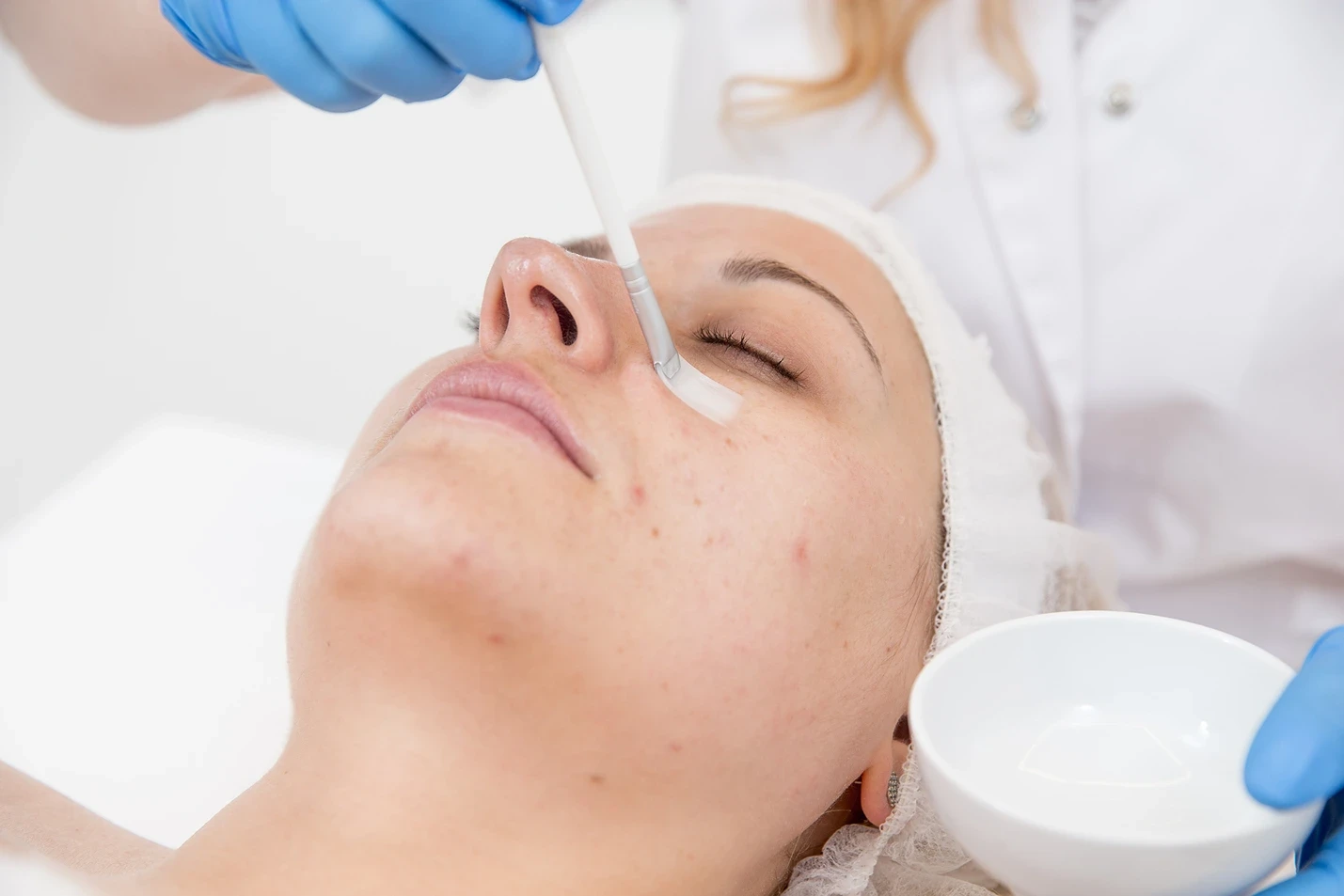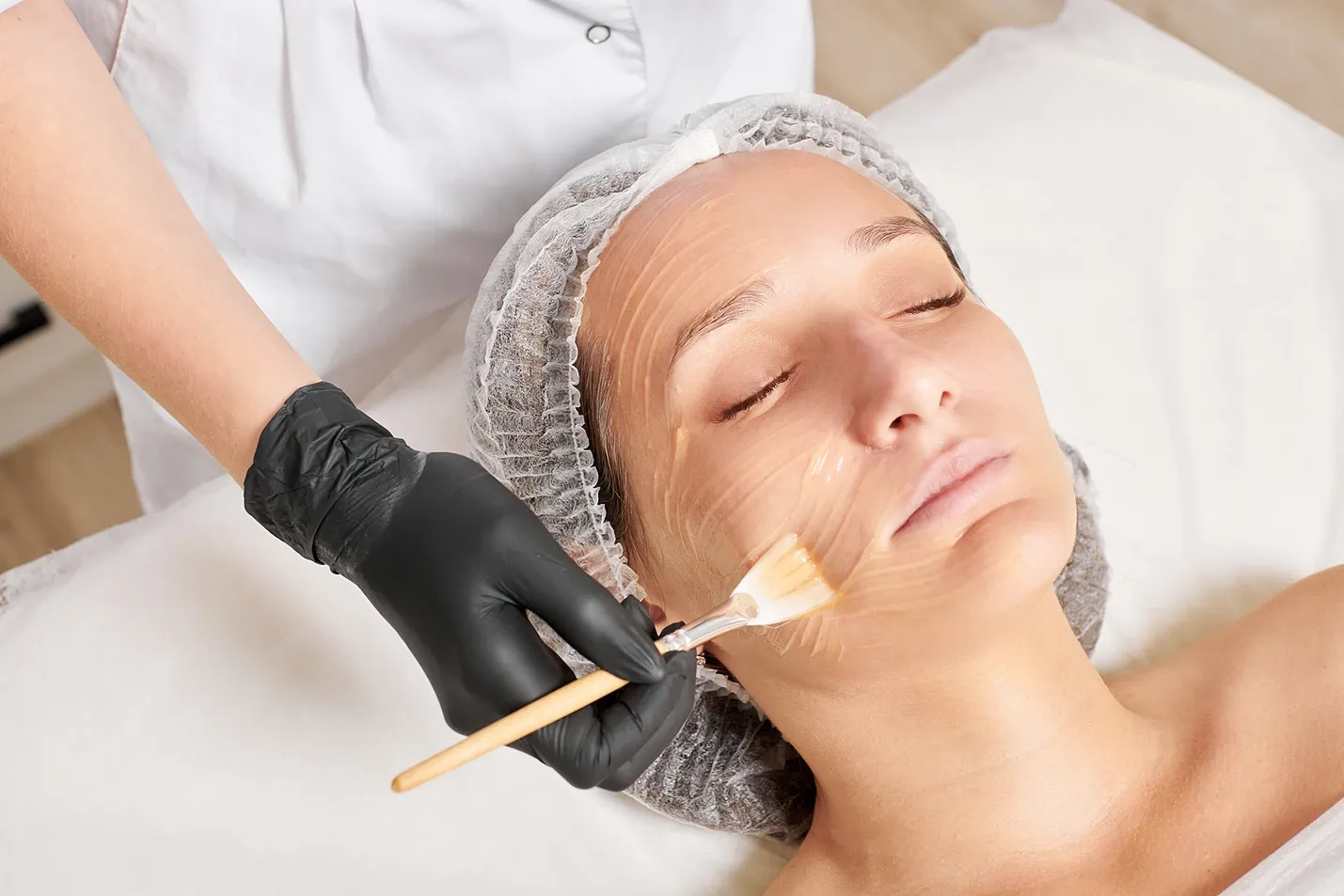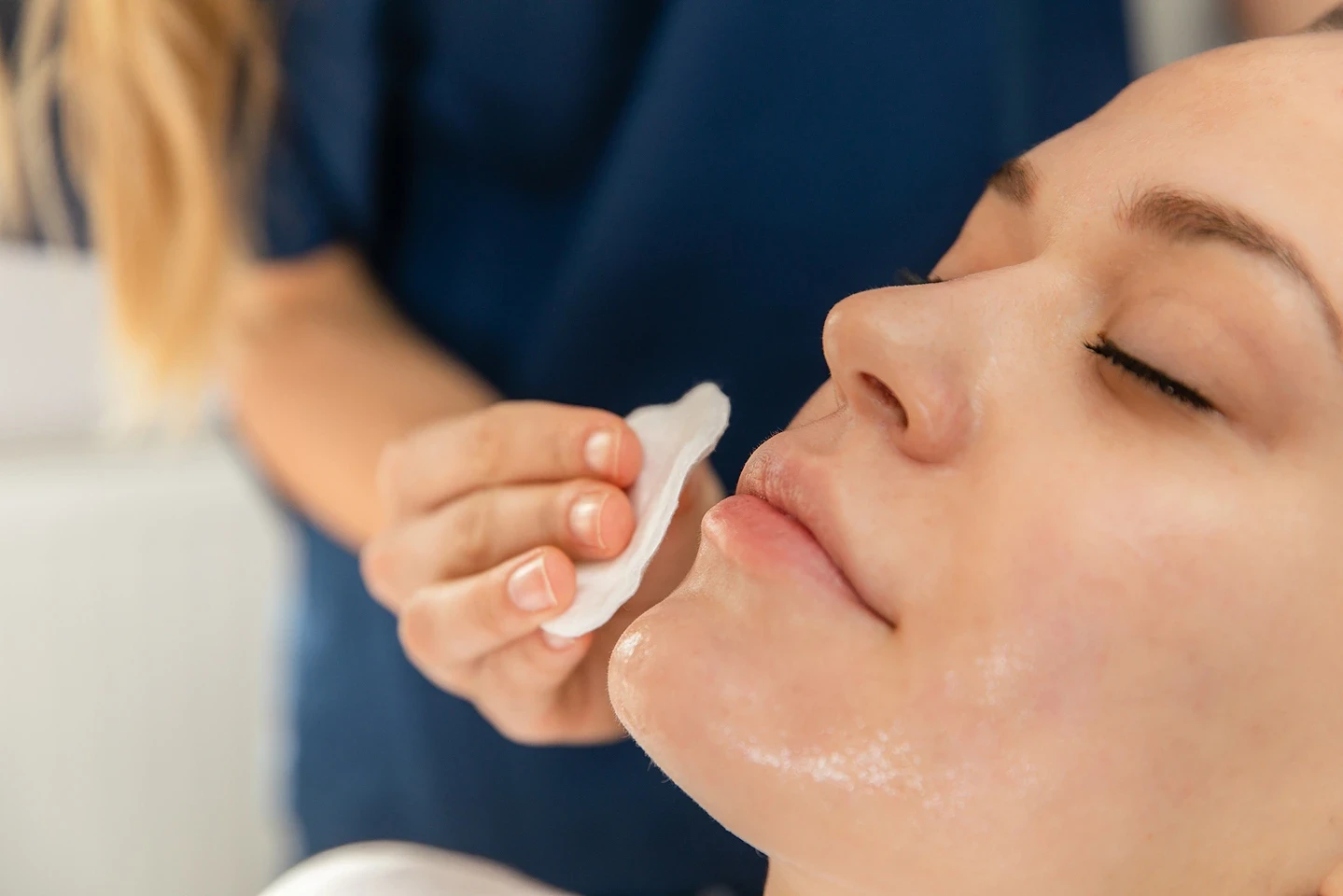A Guide to Understanding Chemical Peel Treatments

Chemical peels work by removing damaged skin layers to improve tone, texture, fine lines, acne scars, and discoloration. Multiple treatments are usually needed to reveal fresher, smoother, more even-toned skin.
A radiant, youthful complexion is one of the most coveted skincare goals. While quality products and diligent routines can keep skin looking its best, sometimes more intensive treatments are needed to address specific concerns like wrinkles, scars, and hyperpigmentation.
This is where chemical peels come in – these professional treatments use special solutions to remove damaged outer layers of skin, revealing fresher and smoother skin underneath.
But what kind of results can you really expect from a chemical peel treatment?
Schedule a consultation with Cosmedic LaserMD today to learn how chemical peels can help you achieve your skincare goals.
An Introduction to Chemical Peels
Chemical peels involve applying a chemical solution to the face to remove the top layer of skin cells. The solution causes mild controlled damage to the skin, forcing it to regenerate and produce new, healthy cells. This resurfacing process improves tone, texture, and radiance.
There are three main depth classifications of chemical peels: light, medium, and deep. Each uses different chemical solutions to produce different levels of skin removal and corresponding results.
1. Light Chemical Peels
These use mild acids like glycolic acid, lactic acid, salicylic acid, and mandelic acid to exfoliate the outer layer of skin. They are designed for gentle rejuvenation and can be repeated every 2-4 weeks. The effects include improved texture and hydration, particularly for sensitive skin types.
2. Medium Chemical Peels
Typically using trichloroacetic acid (TCA), these peels penetrate deeper into the epidermis. They are effective for reducing fine lines, age spots, and improving overall skin texture. Healing from medium peels takes several days, with complete peeling occurring afterward.
3. Deep Chemical Peels
These utilize phenol acid to reach deeper layers of skin, resulting in significant exfoliation and improvement of moderate wrinkles and scars. Due to their intensity, deep peels require sedation and a longer recovery period. They carry higher risks but can lead to dramatic improvements in severely damaged areas.
What are the Benefits of Chemical Peels?
Chemical peels can provide a variety of skin benefits, including:
| Smoother, More Even Skin Texture and Tone | Chemical peels effectively exfoliate the outer layer of skin. This process reveals a smoother surface beneath, enhancing overall skin texture and tone. |
| Reduced Appearance of Fine Lines, Wrinkles, and Shallow Acne Scars | The exfoliation process helps to diminish fine lines and wrinkles by promoting collagen production and removing the upper layers of damaged skin. |
| Fading of Dark Spots and Melasma | Chemical peels can significantly reduce hyperpigmentation caused by sun damage or hormonal changes. This leads to a more uniform skin tone. |
| Clearing of Breakouts, Blackheads, and Whiteheads | Many chemical peels contain ingredients like salicylic acid that help clear acne and prevent future breakouts by unclogging pores. |
| Improved Brightness, Radiance, and Glow | The removal of dead skin cells reveals fresher skin underneath. This results in a brighter and more radiant complexion. |
The results from chemical peels can vary based on individual skin types, the severity of skin issues, and the specific type of peel used. Consulting with a board-certified dermatologist is crucial to tailor treatments to individual needs and expectations.
How Many Chemical Peels Do I Need to See Results?
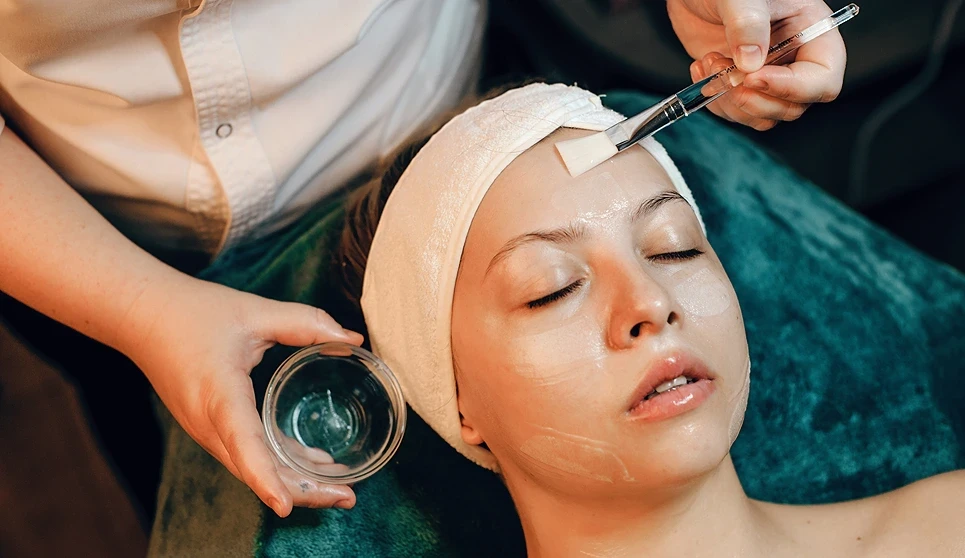
The number of chemical peel treatments needed to achieve your desired outcome depends on several factors, including:
- Concerns Being Treated: The severity of skin issues plays a significant role in determining the number of treatments required. For example, deeper scarring typically necessitates more sessions compared to lighter concerns like fine lines or general skin rejuvenation.
- Depth of Peels: Superficial peels often require a series of 6 or more treatments for gradual improvements, as they work on the outermost layer of skin, while 1-2 sessions of medium peels can be sufficient for noticeable results due to their deeper penetration. Deep peels generally require only 1-2 treatments because they produce significant changes in a single session.
- Your Skin: Individuals with thicker skin may need more frequent treatments compared to those with thinner skin, as their skin may respond differently to the peels.
- Maintenance: After completing initial treatments, most patients benefit from maintenance peels every 6-12 months to sustain results.
With an appropriate regimen, chemical peels can cumulatively improve your skin’s appearance and help you maintain results long-term. Be patient—it takes multiple treatments and proper home care to reveal your healthiest, most radiant complexion.
Work with Cosmedic LaserMD’s team to develop a customized chemical peel regimen tailored to your unique skin.
Will a Chemical Peel Improve My Skin Tone?
Yes, chemical peels are highly effective at improving uneven skin tone and restoring a bright, even complexion. By removing the damaged top layers of skin, peels allow fresh new cells to emerge for a uniformly luminous appearance.
Chemical peels can address:
- Sun spots and melasma: Chemical exfoliation fades dark pigmentation and prevents new spots from developing. Hydroquinone is often combined with peels to maximize brightening.
- Acne marks and scars: Peels diminish the appearance of post-acne marks and shallow scarring. Deeper scars may require a series of treatments.
- Dull, uneven tone: Dry, flaky skin can give the face a mottled appearance. Peels expose the clearer radiant skin below.
- Hyperpigmentation: Issues like melasma respond well to repeated peel treatments and proper sun protection to prevent further discoloration.
For the best skin tone improvements, a medium depth TCA or Jessner peel is often recommended. Multiple treatments are typically needed for optimal results, along with diligent sun protection and skin care.
How Long Do Chemical Peel Results Last?
Chemical peel results are not permanent. For light and medium depth peels, visible improvements in tone and texture will start to fade after 1-3 months. Regular chemical peels and proper home care can help maintain your glow.
On average, light peel results last about 1-2 months, medium peel results can last 3-6 months, and deep peel results can last 6-12 months. However, there is individual variability based on factors like:
- Number of Treatments: Regular treatments spaced appropriately can enhance and prolong results. Multiple sessions often yield better longevity than a single peel.
- Skin Type and Condition: Individuals with oilier skin or conditions that lead to rapid cell turnover may experience shorter-lasting results. The skin’s inherent characteristics play a crucial role in how long the effects persist.
- Lifestyle Factors: Sun exposure, smoking, and inadequate skincare can significantly diminish the longevity of results. Proper aftercare is essential for maintaining improvements.
- Maintenance Treatments: Follow-up peels or complementary treatments can help extend the benefits achieved from initial treatments
Consult the expert dermatologists at Cosmedic LaserMD about the ideal chemical peel regimen and how often to repeat treatments to maintain your desired outcome.
What to Expect After a Chemical Peel: Day by Day
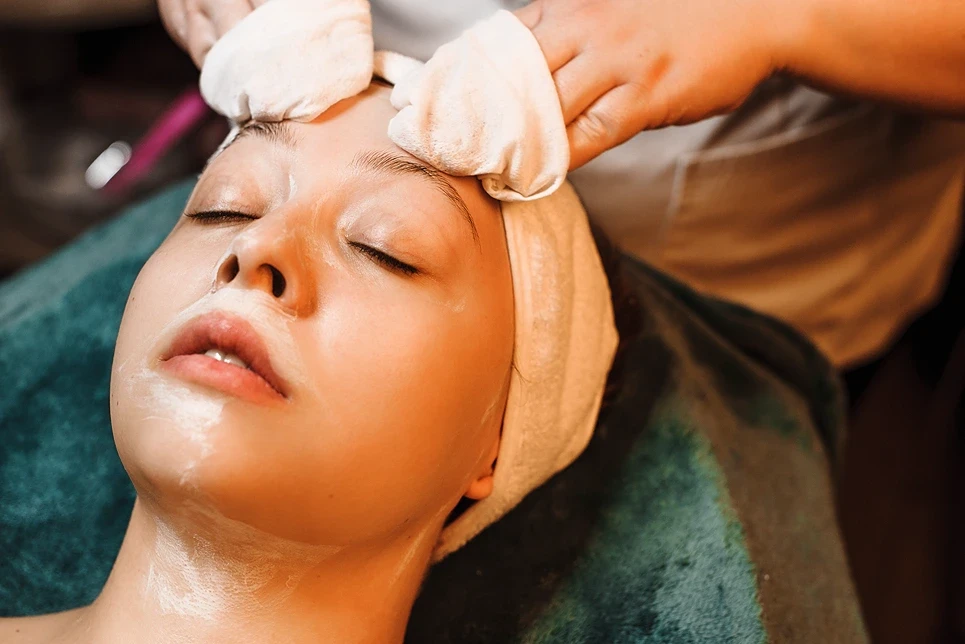
Chemical peels work by intentionally damaging the skin to trigger regeneration. This means you can expect some side effects while your skin heals. Here’s an overview of the chemical peel recovery process day-by-day:
| Days | Description |
| Days 1-3 | The skin will be red and likely swollen. It may burn, tingle, or feel tight and sensitive. During this period, skin sensitivity is heightened, and the application of soothing ointments is commonly recommended. |
| Days 3-5 | Peeling and flaking begin. Gently wash and moisturize the skin, and do not pick at peeling skin. Redness may persist, but swelling will subside. |
| Days 5-7 | Peeling peaks during this period. The skin may itch as new cells form, so do not scratch. Continue gentle cleansing and moisturizing. |
| Days 7-14 | Peeling tapers off, revealing fresher skin underneath. Redness fades during this time. You can resume your regular skin care routine, but avoid resurfacing products until healing is complete. |
| Days 14+ | Healing is complete. Pigmentation and tone will continue to improve over the next few weeks. It is advisable to schedule follow-up visits with your provider. |
Trust Cosmedic LaserMD to guide you through the chemical peel recovery process for optimal results. Get in touch today
Could a Chemical Peel Be Right for You?
If you’re seeking meaningful improvements for common skin concerns like acne, scarring, discoloration, wrinkles, and more, a chemical peel may be just what your skin needs. These transformative treatments can deliver real, visible results when performed by an expert.
While not right for everyone, chemical peels are suitable for many people looking to uncover their best, most radiant complexion. Key factors our provider will evaluate include your skin type, tone, history, goals, and more.
Fairer skin types often tolerate stronger solutions well, while darker ethnic skin requires special attention to avoid hyperpigmentation risks. From acne to aging, chemical peels address a wide range of conditions effectively, especially when tailored to your individual needs.
Reasonable expectations are important. While chemical peels provide impressive rejuvenation, results still depend on the peel type, number of treatments, proper home care, and your skin’s response. Don’t expect miracles, but you may be surprised by how peels can refresh and renew your appearance.
Ready for a consultation?
An experienced dermatologist like Dr. Macha can review your skin, goals, and health to determine if medical-grade chemical peels could help you achieve your aesthetic vision. Contact us today to learn more and take the first step towards your best, most glowy skin ever.
Conclusion
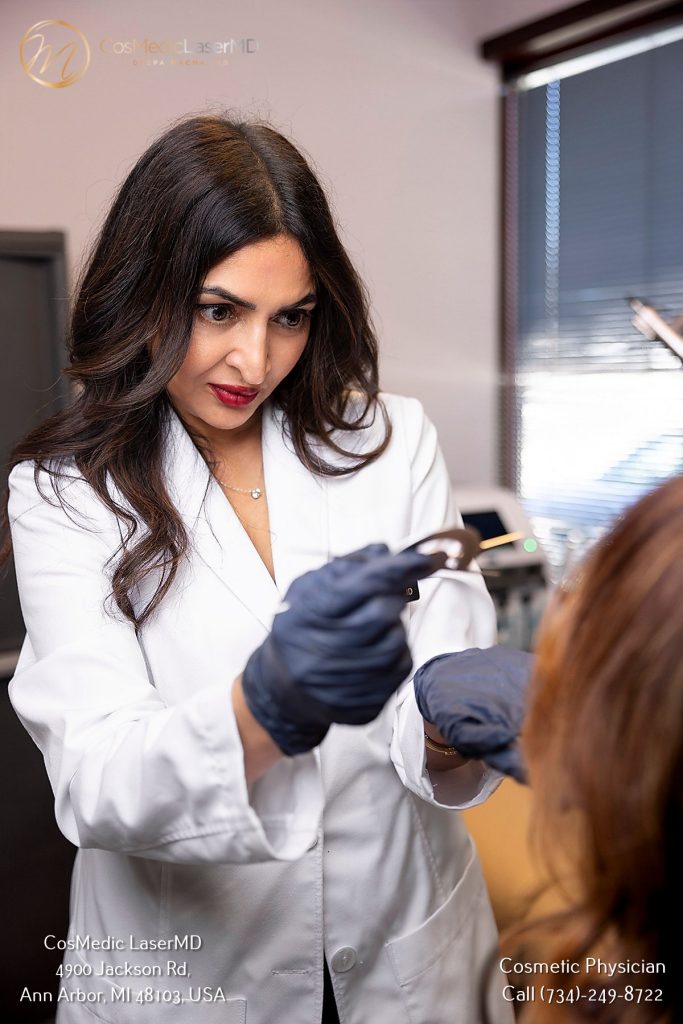
Chemical peel results depend on choosing the right peel type and depth for your individual needs. An experienced dermatology provider will evaluate your skin, set expectations, and craft a customized peel regimen to help achieve your aesthetic goals.
Schedule a consultation to develop a tailored skincare plan incorporating peels and other rejuvenating procedures. This will reveal your healthiest, most confident glow.
[Contact Cosmedic LaserMD to learn more about renewing your complexion through customized chemical peel treatments.]



